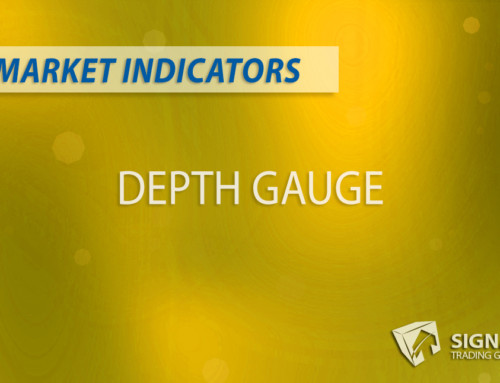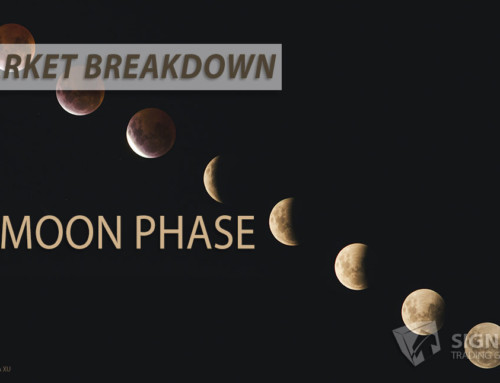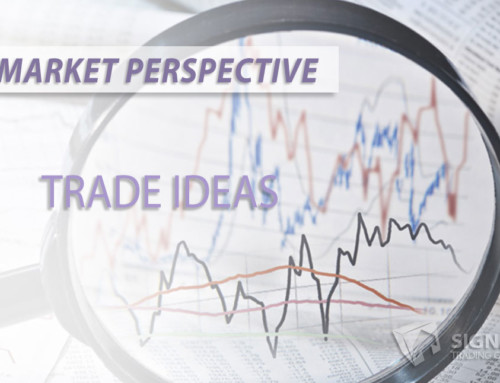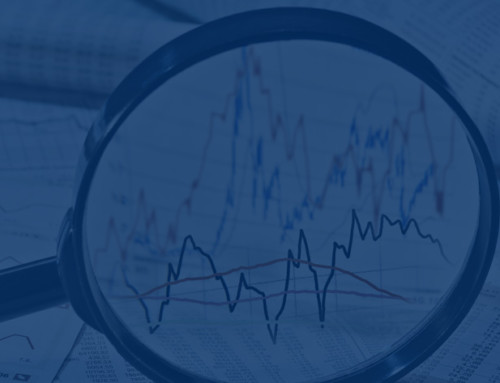Econ 101: Understanding the Consumer Price Index
As a trader or investor, you’re likely familiar with the “Consumer Price Index” or CPI. But do you know what it is and why it’s so important? This blog post will explore the Consumer Price Index, how it is collected and used, and some of its limitations.
The Consumer Price Index is a critical metric in modern economics. It measures and tracks the overall cost of goods and services over time and is closely watched by traders, investors, economists, and government policymakers. The reason it’s so important is that it helps us understand how changes in consumer prices can affect the economy on a macro level – showing us exactly where and when prices are going up or down across entire sectors. These days, predicting consumer behavior and anticipating how economic moves will go over with the consumer is essential to decision-making in business, industry, and government – so understanding just how the CPI works can provide valuable insight into determining which course of action to take.
Every month, the US Bureau of Labor Statistics (BLS) surveys households across the States to collect Consumer Price Index (CPI) data. This data helps monitor the cost of living changes – from city to city, region to region. Based on prices collected from the survey participants, an overall weighted average measures inflation and is called CPI-U. Although CPI data isn’t perfect, it provides essential insight into the economic well-being of everyday people, tracking fluctuations in rental and housing costs, food prices, healthcare charges, and transportation fees. In addition, it’s used by individuals when making budgeting decisions and by governments to measure how changes in economic policy can affect citizens’ quality of life.
Despite its importance, there are some drawbacks to using CPI data to measure economic health. For one thing, it only tracks changes in prices—not other factors like wage growth or employment rate—which can be just as telling about overall economic health. Additionally, seasonal fluctuations, population shifts, or changes in tax laws can influence the data collected by BLS researchers, skewing results. And lastly, because the “official” reported media consumer price index does not include luxury items or expensive services—like tuition fees—it may not accurately reflect overall inflation levels across all populations within a given area.
The CPI is a helpful tool for measuring broad economic trends over time, but there are some limitations to keep in mind when using this data. By understanding the nuances between different economic indicators, traders will be better equipped to make informed decisions when trading futures or investing in any asset class!





